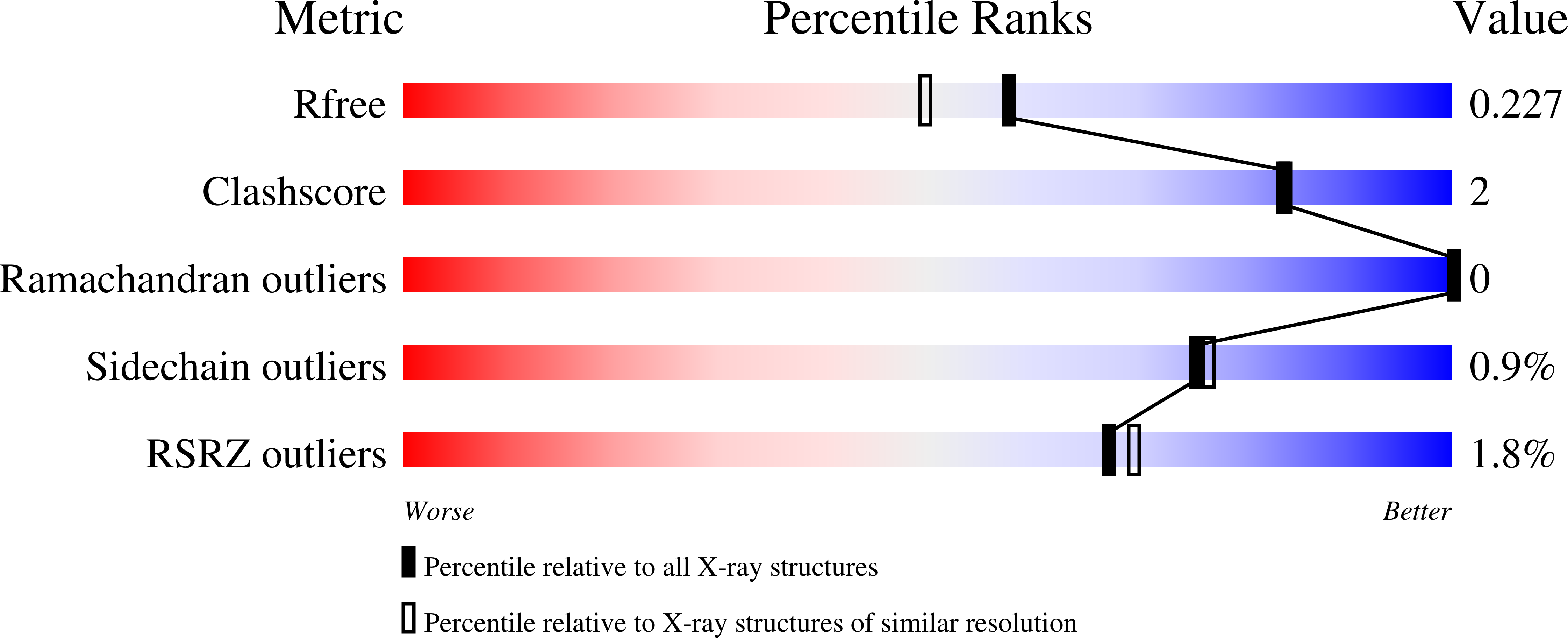
Deposition Date
2023-11-02
Release Date
2024-10-02
Last Version Date
2024-10-09
Entry Detail
PDB ID:
8R1M
Keywords:
Title:
Structure of TxGH116 with covalently bound N-azido-octyl aziridine
Biological Source:
Source Organism:
Thermoanaerobacterium xylanolyticum LX-11 (Taxon ID: 858215)
Host Organism:
Method Details:
Experimental Method:
Resolution:
1.90 Å
R-Value Free:
0.22
R-Value Work:
0.17
Space Group:
P 21 21 21


